

Max Davies
4 Days Ago

Journalist
Say hi to the new Skoda Fabia Monte Carlo, the sportiest-looking member of the fourth-generation family.
The redesigned Fabia is now due here in the fourth quarter of 2022 following a delay, and Australian Government approval documents make mention of a Monte Carlo variant.
The Monte Carlo differentiates itself from regular Fabias with its subtle black out treatment, which includes a new front lip spoiler, grille surround, wing mirrors, side sills, side window trim, Skoda and Fabia lettering on the tailgate, and a more aggressive rear diffuser.
The alloy wheels also feature a large blacked out component, and range in size from 16- to 18-inch depending on the engine.

Changes on the inside are a little more eye-catching, thanks primarily to the red metal-like trim on the doors, centre console, and dashboard.
Other upgrades include a three-spoke steering wheel with perforated leather, stainless steel pedals, leather-wrapped handbrake, black pillar and headliner trim, and sports seats with white stitching and “carbon-fibre-look” covering.
Cars fitted with the 10.25-inch instrumentation screen come with unique graphics, while vehicles with the Amundsen infotainment system also feature red or white ambient lighting.
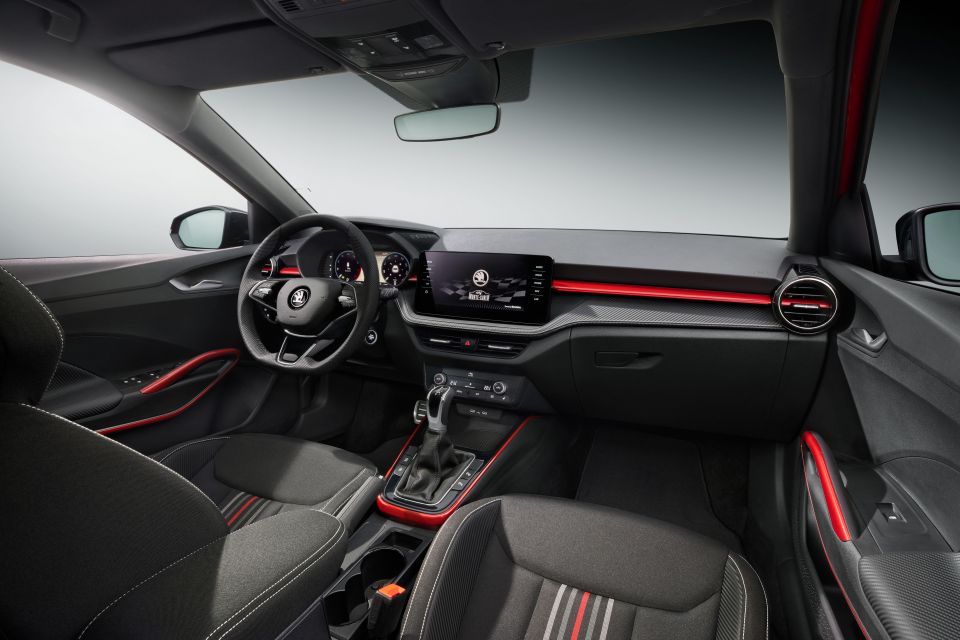
As with earlier iterations of the Fabia Monte Carlo, this trim level will be available with a variety of engines.
The most exciting option, of course, is the range-topping variant, which is powered by a 1.5-litre turbocharged four-cylinder engine developing 110kW and 250Nm.
Coupled to a standard seven-speed dual-clutch automatic transmission, and driving the front wheels, the top-spec Monte Carlo is capable of dispatching the 0-100km/h metric in 8.0 seconds and hitting a top speed of 225km/h.

In some European countries, the engine selection begins with the frugal, but not particularly tyre-shredding 59kW/93Nm 1.0-litre three-cylinder petrol engine that takes 15.5 seconds to hit the 100km/h.
A turbocharged 1.0-litre three-cylinder is also available, and is available in both 70kW/175Nm and 81kW/200Nm spec. These engines cut the time required to reach the century mark to 10.5 and 10.0 seconds, respectively.
The 70kW model is available with a five-speed manual, while the 81kW variant comes with either a six-speed manual or a seven-speed dual-clutch automatic.
MORE: Everything Skoda Fabia
Take advantage of Australia's BIGGEST new car website to find a great deal on a Skoda Fabia.
Derek Fung would love to tell you about his multiple degrees, but he's too busy writing up some news right now. In his spare time Derek loves chasing automotive rabbits down the hole. Based in New York, New York, Derek loves to travel and is very much a window not an aisle person.


Max Davies
4 Days Ago
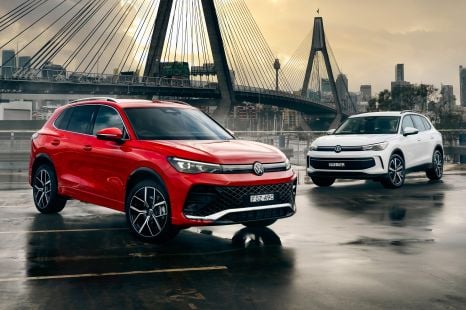

Max Davies
4 Days Ago


Josh Nevett
3 Days Ago
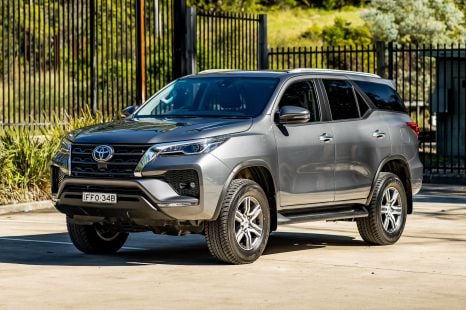

Matt Campbell
2 Days Ago
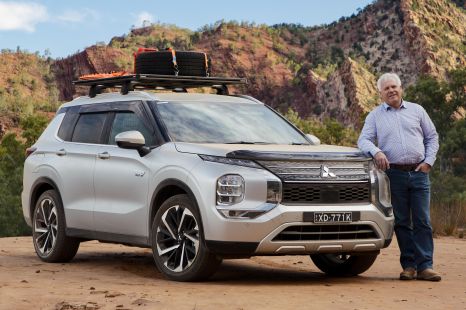

Marton Pettendy
2 Days Ago
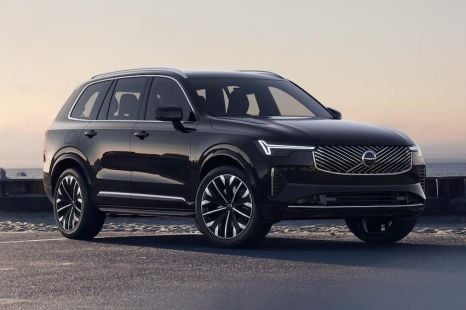

Max Davies
2 Days Ago